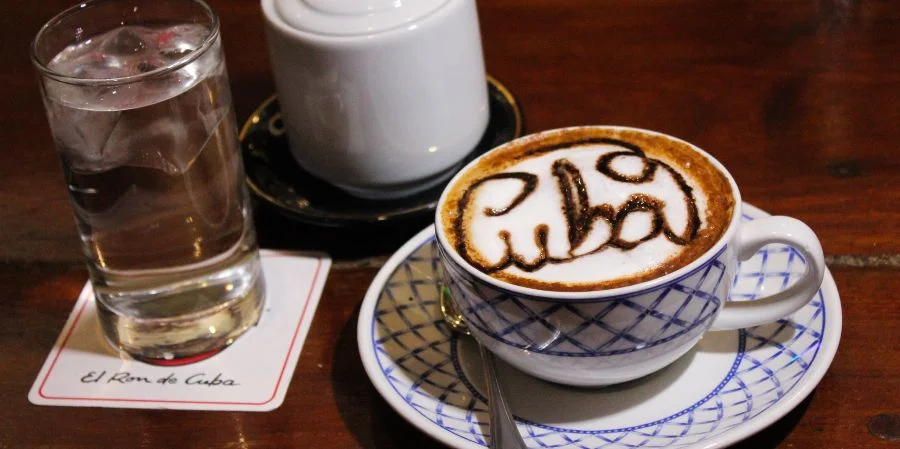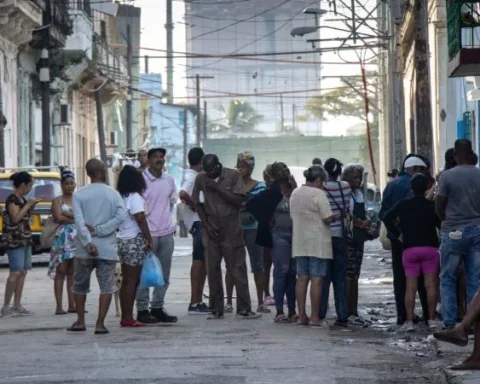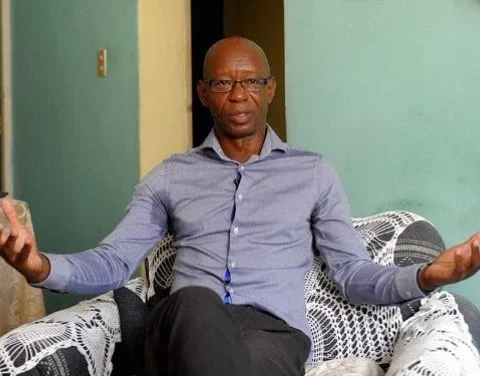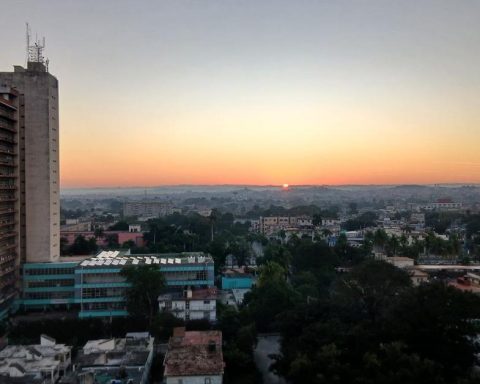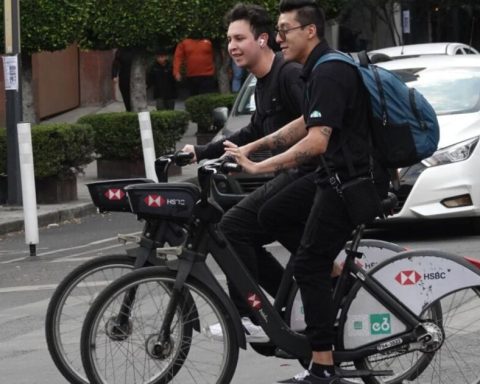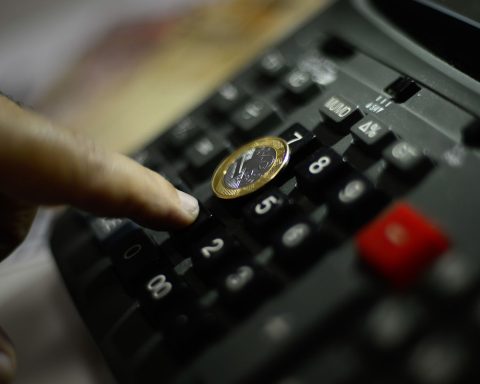Havana.- Today, when I woke up, I got out of bed with the desire to take the usual buchito of coffee Mañanero, but when I asked for my cup in the kitchen, they told me: “The coffee is over, there is not a spoonful to strain.”
I went out to the street willing to buy a coffee package but did not find in any of the stores in MLC (freely convertible currency) I went. There were only in the newly opened state stores in dollars and in the MSMEs.
It is significant that small private markets have a greater assortment, but at even more expensive prices. A 250 grams coffee pack costs between 1600 and 1800 pesos, equivalent to between $ 13 and 15, or between four and five dollars, depending on the exchange rate, official or informal.
If we take into account that some salaries do not exceed five dollars per month (taking as a reference the change in the informal market), it will be understood that for a wide sector of the population the desired product is disabled.
For almost a year they stopped bringing the small mixture of mixing coffee regularly to the wineries that sold through the supply notebook.
Said coffee, with a little defined flavor, contained 50% of peas, and sometimes the coffee makers and caused them to exploit, causing burns to people.
The habit of drinking coffee, the so -called “black nectar of the white gods”, especially at breakfast and after meals, rooted in Cuba from the Haiti revolution, at the beginning of the 19th century, when the French settlers growing the product emigrated to the eastern part of our country and created new coffee plantations. But currently, the high price of coffee is making that habit for Cubans difficult.
Before 1959, there were numerous toasts and sellers of ground coffee, with prices depending on their quality. There were famous firms such as Pilón, Regil, and Tupi, which offered packages of different sizes and value.
It was common, in past times, drinking coffee in the street, in the small veins with those steam coffee makers, where a cup cost three cents. There were businesses that had street vendors who, with thermos in bags hanging at the waist, went out on different roads to sell hot coffee. My mother came to make this trade on one occasion.
Today, more than cubita, arriero, regil and others of national production, marks from different countries and quality are seen, all at high prices. And those who sell coffee down the street or at the door of their houses, charge no less than 25 pesos for a cup. This can reach up to 100 in places of a certain category.
So much is the shortage that the custom of providing visits to the “coffee cup” is currently exclusive for families with good income or receiving abroad. I have frequently arrived at the house of friendships that, with great sorrow they raise me: “Today we do not have coffee to give you.”
The chorus of the emblematic song Mama Inés, composed of Eliseo Grenet and was interpreted by Rita Montaner And snowball, among others, today could be parodied: “Oh, Mama Inés, today Cubans do not drink coffee.”
